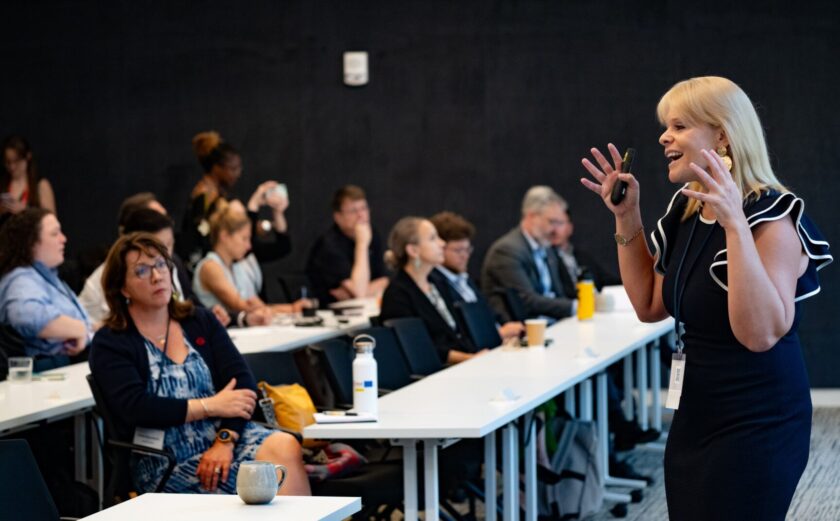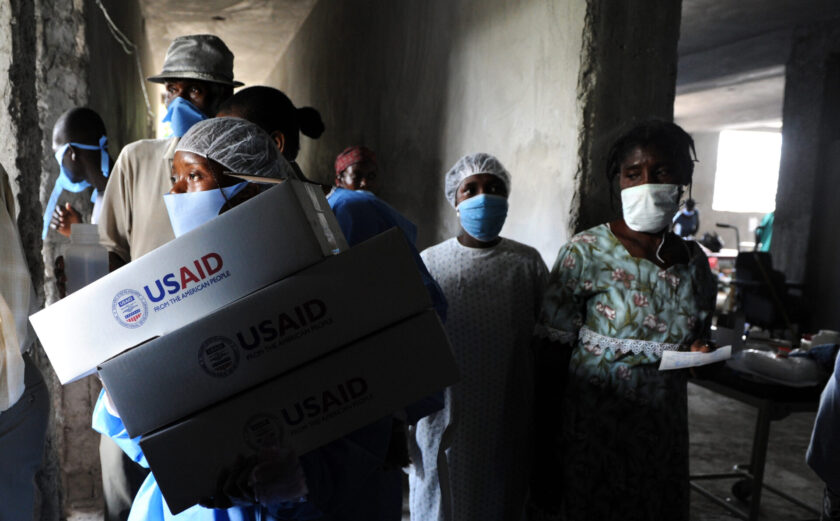
To Leverage NGO Resources, Partnerships with U.S. Government Must Change
Over the past year and a half, InterAction and the NGO community have successfully stood in solidarity to defend our values and maintain the role of development and humanitarian relief within U.S. foreign policy. Our values affirm the inherent dignity and rights of all people, including displaced persons or those who are marginalized. They also reflect a mandate to alleviate suffering and to promote human well-being and opportunity.
At times, the current presidential administration has stood in direct contrast with our vision of compassion and solidarity across borders. When necessary, our community spoke up in response as we affirm the role of civic institutions and rights of refugees. However, it would be short-sighted of us to not also explore areas where we can advance positive change with allies in government.
The structure of partnerships between NGOs and the U.S. government is one area that is ripe for productive reform.
In addition to technical expertise, local insight and relationships, and values driven missions – NGOs offer significant financial resources that can complement U.S. government official development assistance (ODA). Private contributions to all U.S. NGOs totals approximately $15.4 billion annually, which represents about 25 percent of the $43.9 billion spent on aid and remittances by private philanthropy, according to the Hudson Institute Index of Global Philanthropy and Remittances. InterAction members have a critical relationship with USAID, but as a collective they only receive 24 percent of their revenues from the U.S. government.
Over the past 10 years, private development financing has grown significantly in comparison to ODA, amplifying the comparative scale of NGO resources to U.S. government development financing. Despite the mission-driven resources that NGOs bring to the table, the degree to which they are leveraged by the U.S. government is currently limited.
The previous administration partially recognized the opportunity provided by leveraging non-government resources in development financing. They created programs within USAID that allowed the private sector to coordinate their sustainable development goal (SDG)-focused investments with U.S. government ODA and to co-design development programs. Coordination between government and NGOs in achieving development outcomes is a vital step in efficiently allocating resources and obtaining a more complete view of a country’s positive global impact.
U.S. NGOs cannot coordinate with the U.S. government in the same manner as the private sector. They fit a different mold. Currently, NGOs are to a large extent seen as implementing partners. This prevents the U.S. government from leveraging NGO financial resources and limits the scope of the partnership to program-based work that is primarily defined by government. This structure does draw on the technical expertise of NGOs. However, it does not draw on their financial resources nor their insight into shaping goals and objectives, which is drawn from ongoing relationships with local civil society.
Reforming NGO-U.S. government partnerships can also create new opportunities for NGOs that do not rely on U.S. government support, to partner with the government. If NGOs are enabled to pursue partnerships with the private sector, they may in time be able to coordinate their existing programs with broader U.S. government goals and objectives. Instituting reforms that allow for the partnerships that leverage NGO financial resources can be done with the current administration and with the support of congressional allies.
Transforming NGOs’ relationship with the U.S. government is an example of positive change that can be accomplished outside of Washington’s ideological battles. Progress can be enabled by a collective responsibility to create a positive global impact in the most effective and efficient manner possible, and in doing so, advance our values to impact people living in poverty or fleeing conflicts.






